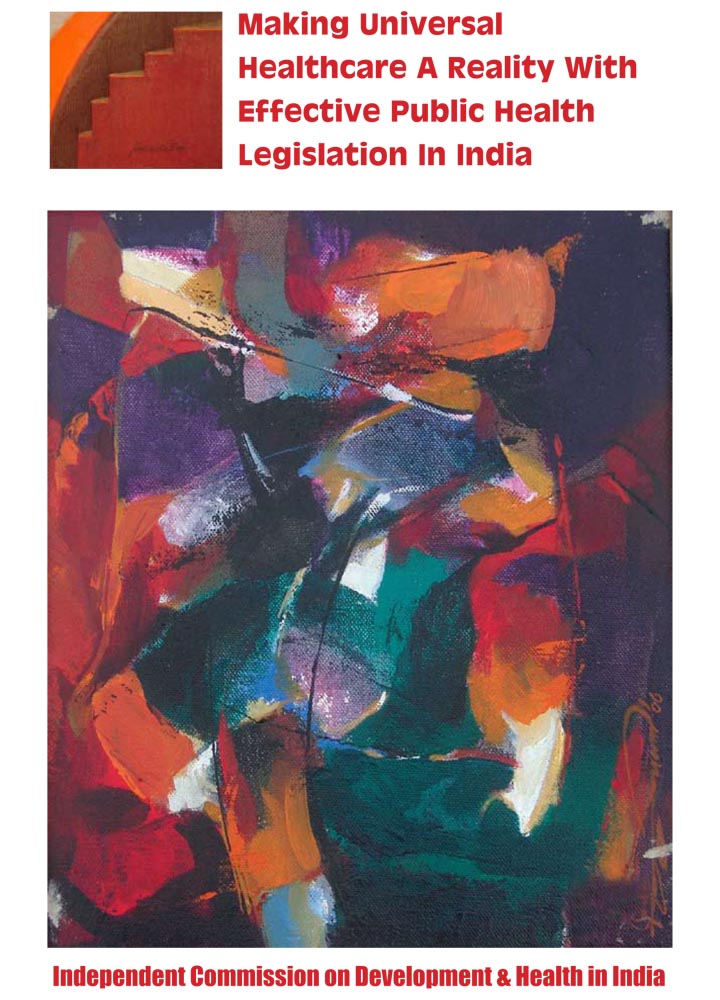Measured by any standard, the inadequacies in the Health Sector in India are daunting. The country bears an enormous twin-burden of communicable and non-communicable diseases. The country’s health sector strategy has to target these challenges. As a backdrop, it needs to be candidly stated that India is a low-income, developing country with a high level of malnourishment, particularly amongst the pregnant women and the < 5 years of age children. This, by itself, increases the vulnerability of the population to threats from various pathogens and other health risks. As against this scenario, the capacity of health service delivery system is inordinately meager, particularly in the rural areas. The coverage of the public sector is extremely small (30%-OPD; 40% IPD), even when compared to the high income, developed countries, where the capacity for the patient to pay for private treatment would be much more. For the balance of the health service requirements, the service delivery is from the private sector.
Private sector services are availed of by the citizenry to the extent affordable, and for contingencies beyond that, the medical condition goes untreated. Almost the entire expense for the private sector services is met ‘out-of-pocket’ by the patient or his family, which in a large percentage of the cases jeopardizes the financial security of the family. The broad-brush outline of the Indian health sector, as given above, depicts a crippling handicap for a developing country. An inadequate and inequitable access to health services would necessarily have to be corrected by bolstering and overseeing the health sector using an over-arching array of policy statements, laws/regulations, health service institutions, regulatory institutions, treatment protocols and ethical guidelines. As of now in India, the required oversight structure is virtually non-existent – the regulatory institutions are very few, and the statutes/regulations are very patchy and do not cover the principle elements of the health system. Between the two main levels of the health system – the central and state governments – we need to put in place, at the earliest, a composite oversight structure. It is to identify the most basic requirements of such a structure that the author of this paper has studied and collated the existing statutes in the core health sector, as also the statutes existing in the allied sectors, whose outcomes impact on the core health sector. The present paper is, indeed, a very useful exercise. Amongst other things, it highlights: the statutes that are obsolete; those that require restructuring in the prevailing circumstances; objectives of the allied sectors adjunct to the health sector; and other new statutes/regulations that need to be enacted to ensure adequate oversight over the national health sector.

